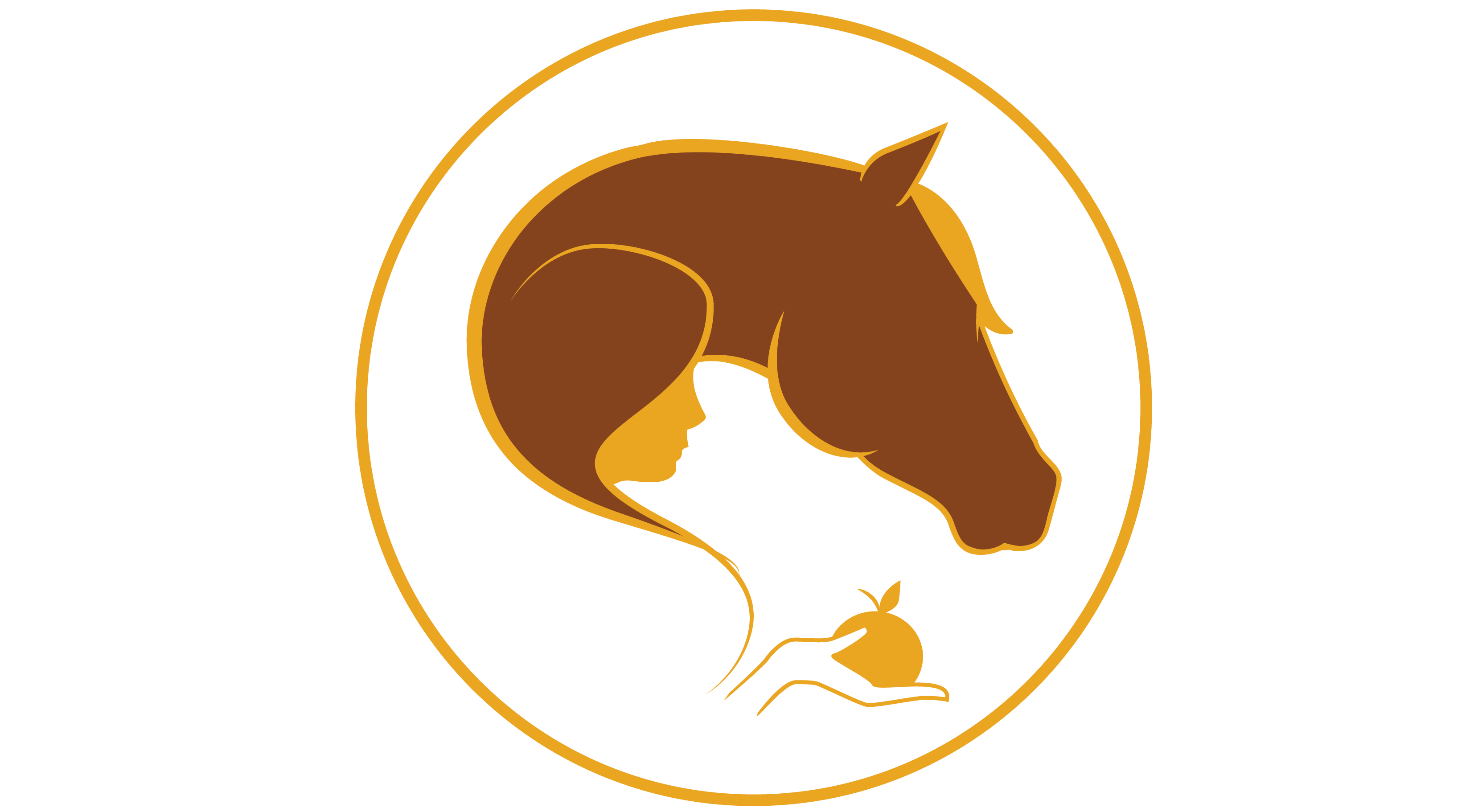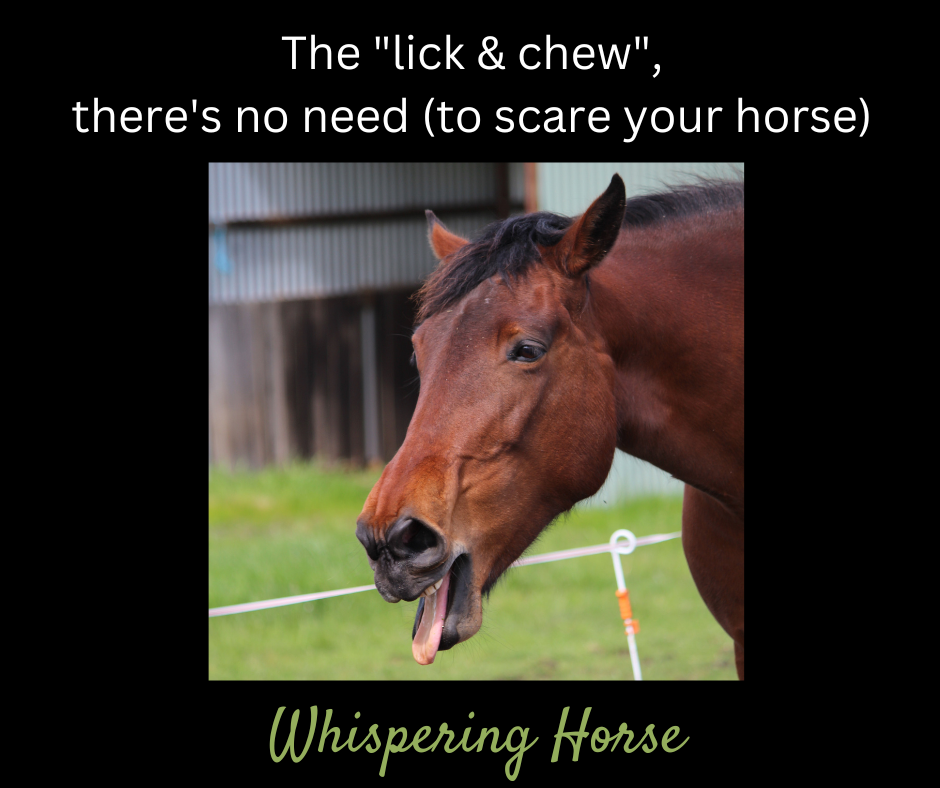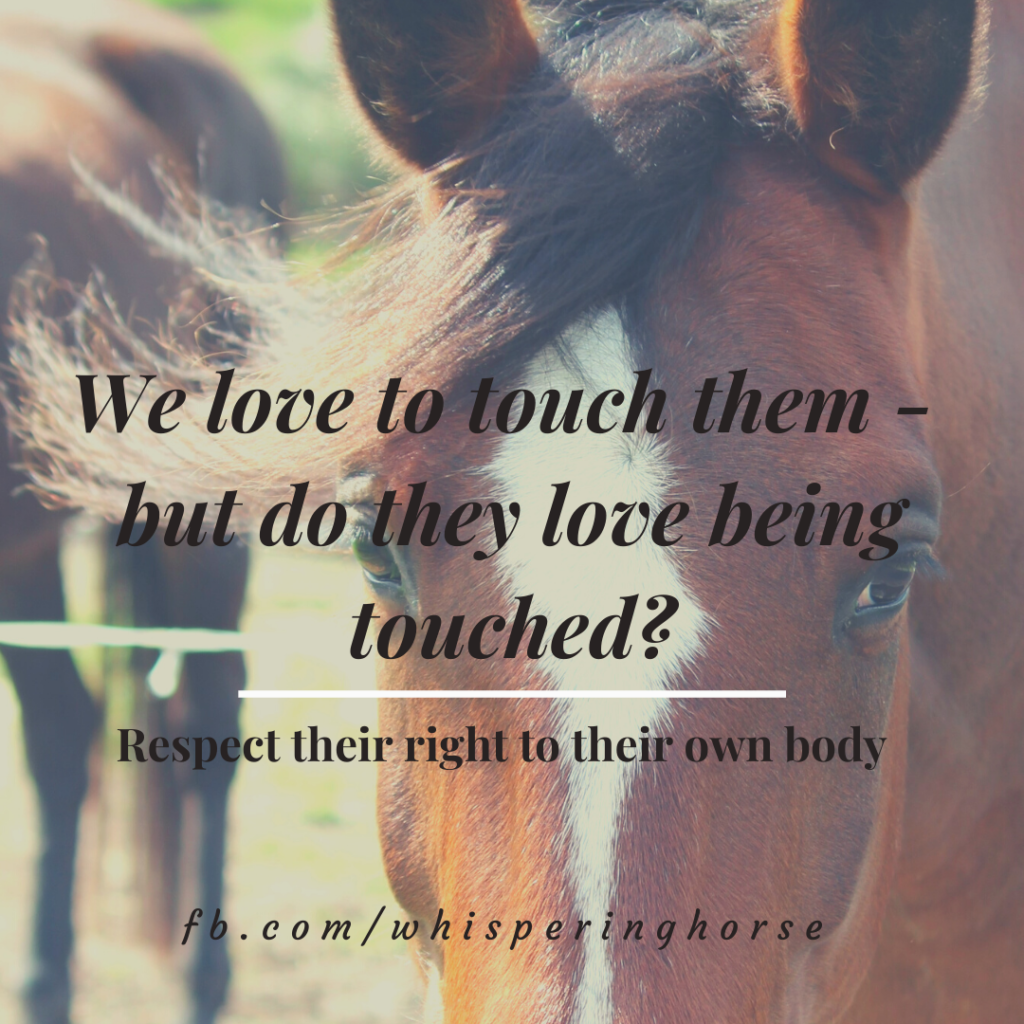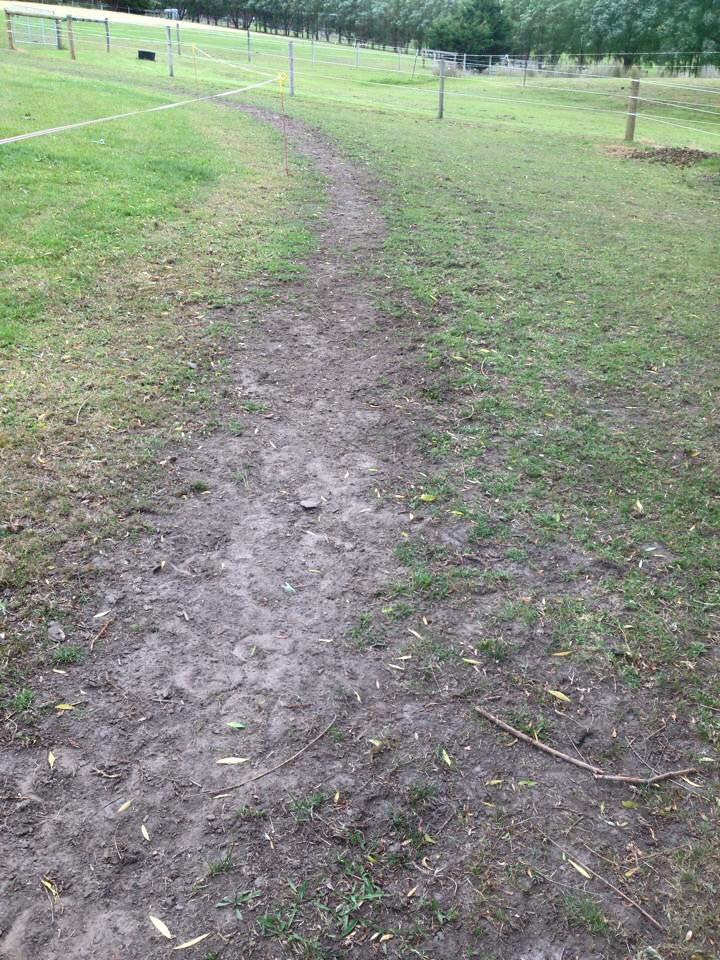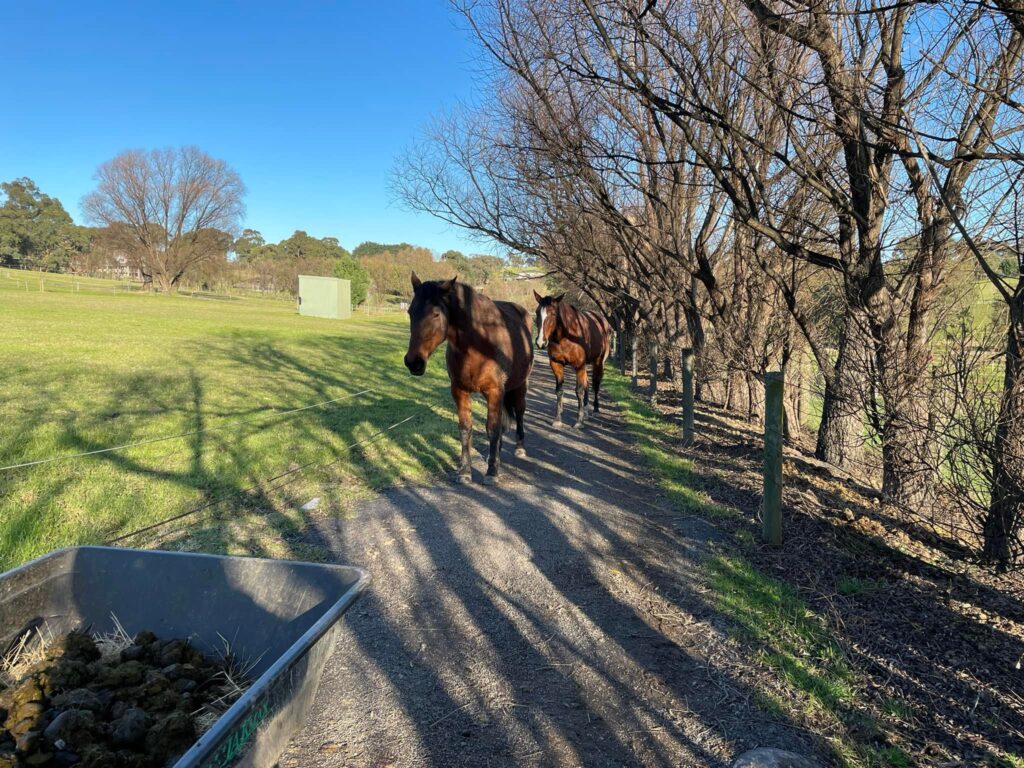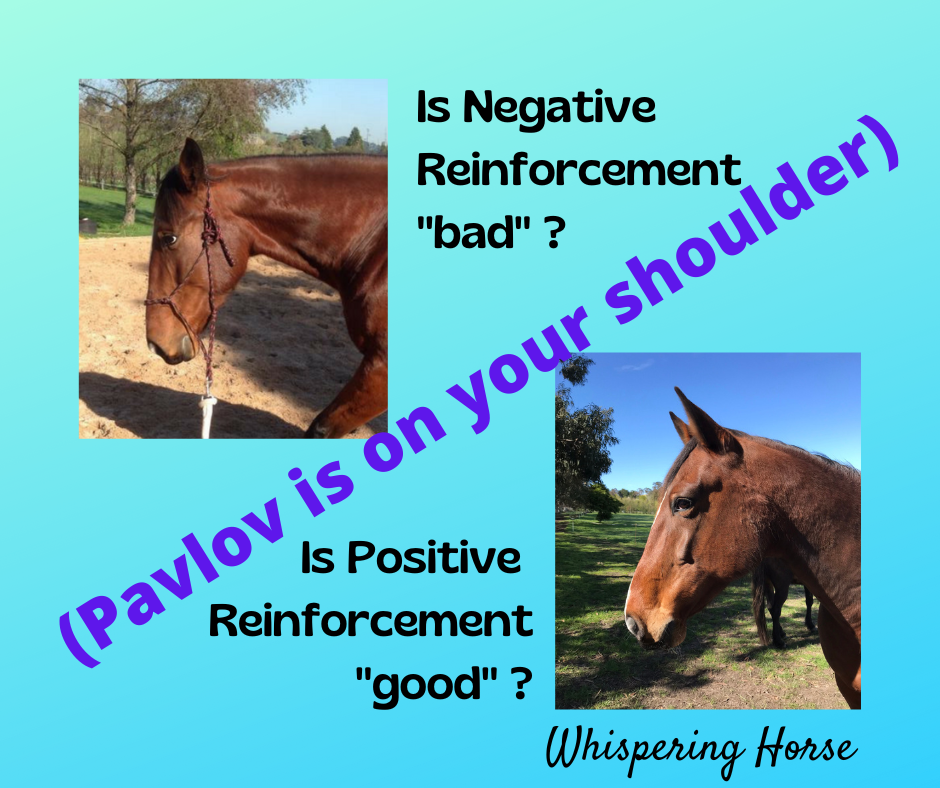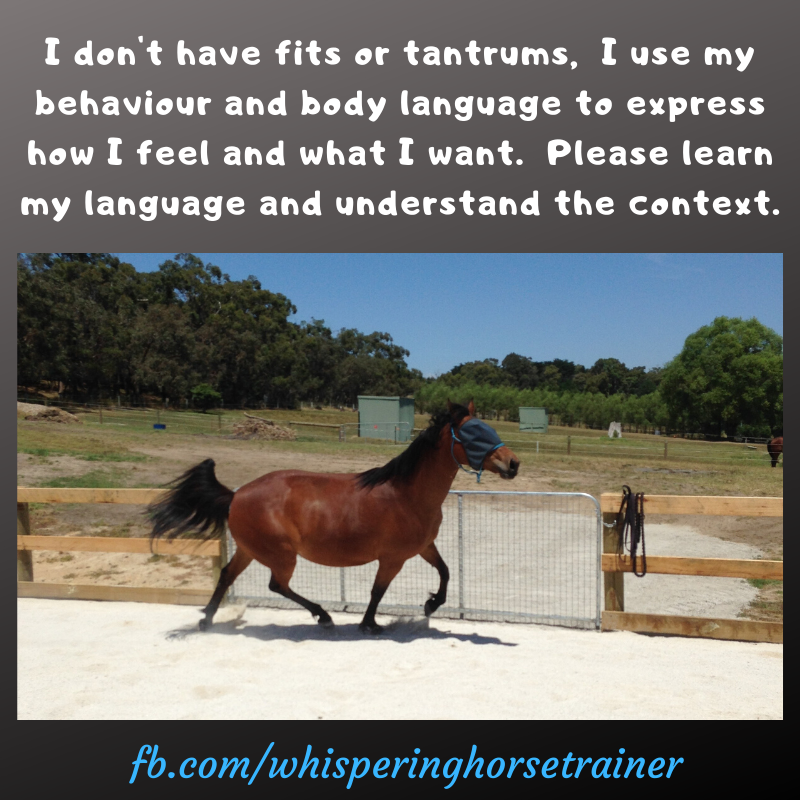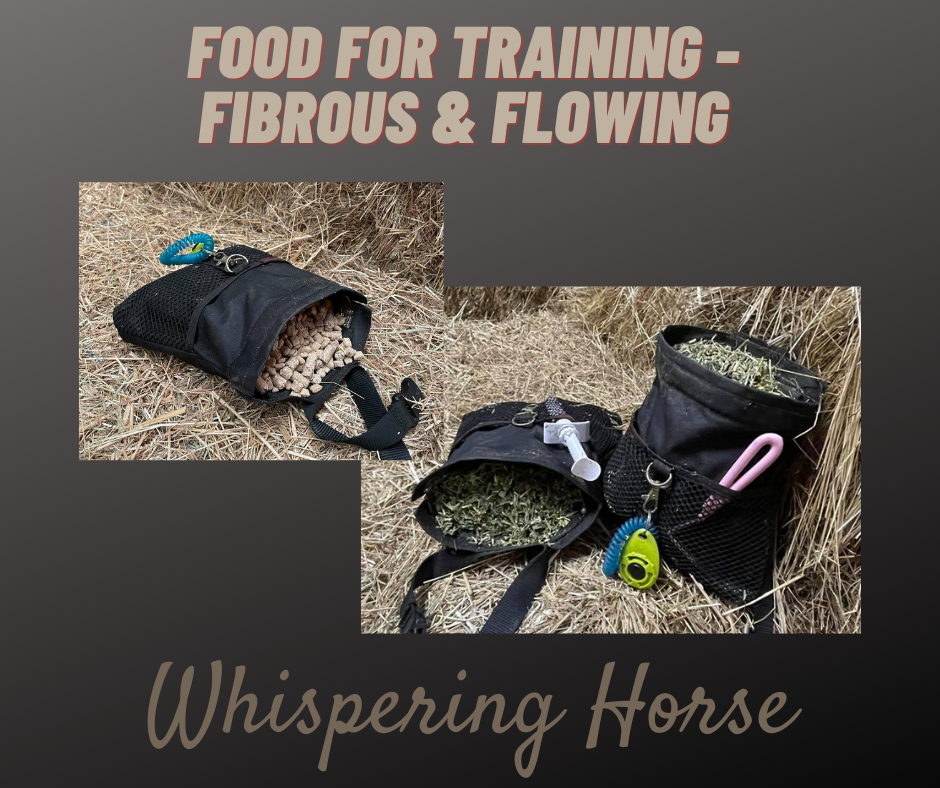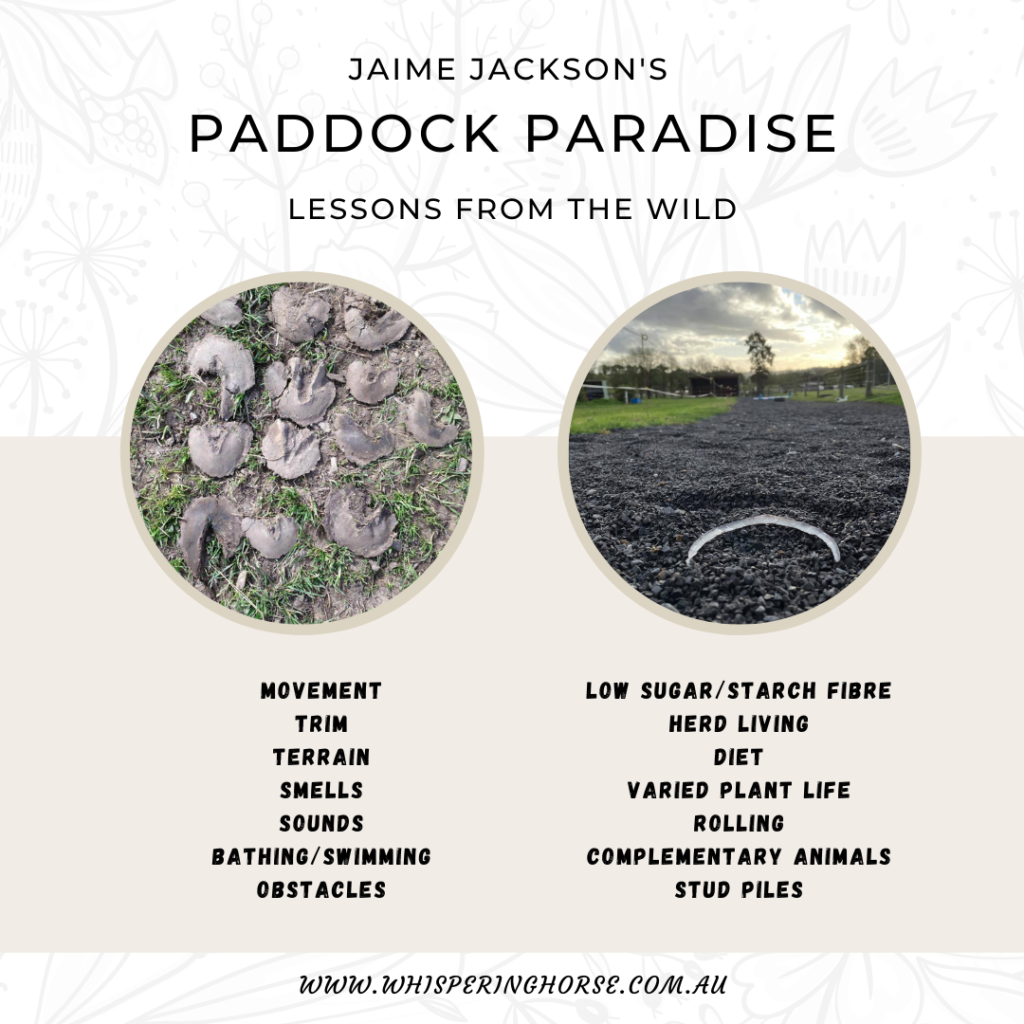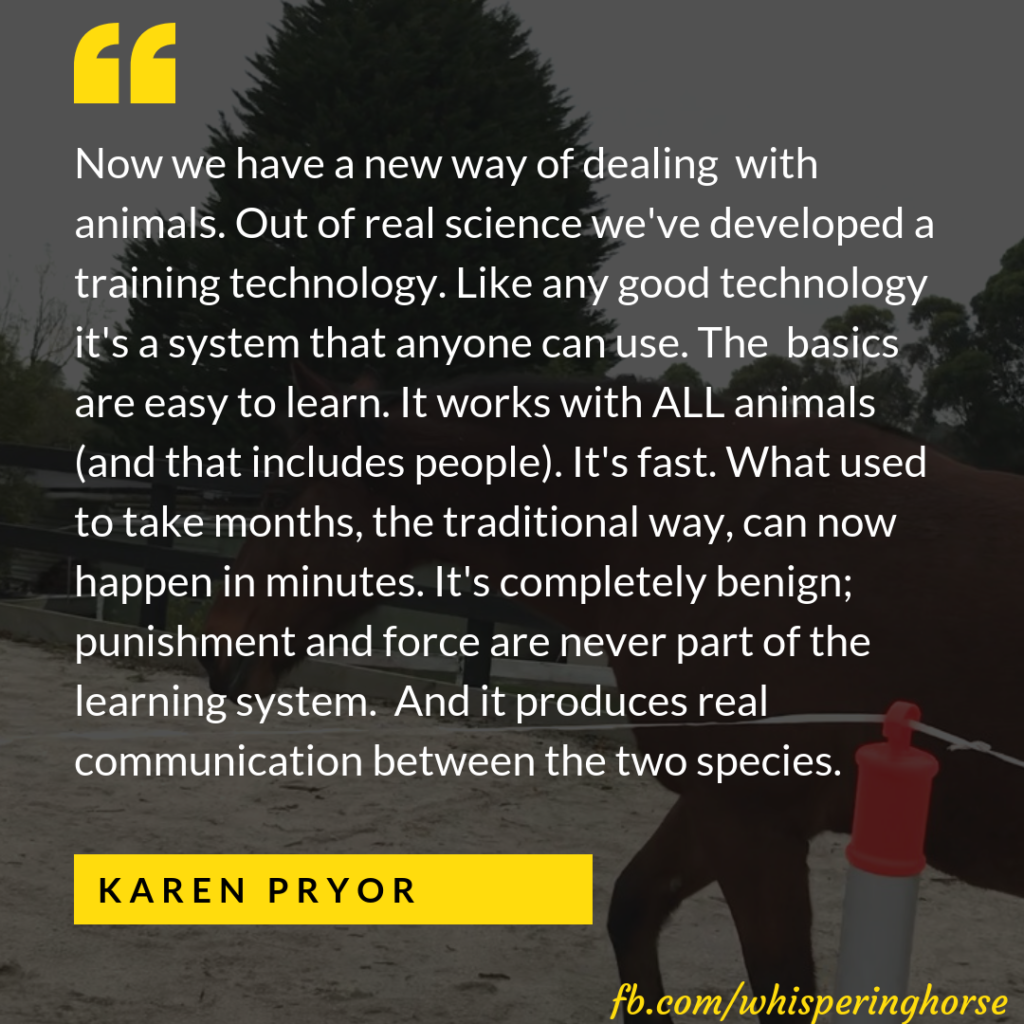The “lick and chew”, there’s no need (to scare your horse).
The “lick and chew”, there’s no need to (scare your horse). I saw a video today that had me very concerned. Now that Natural Horsemanship/ pressure & release/ Negative Reinforcement trainers understand about the different nervous systems, the Flight/Fight and Rest/Digest states and the accompanying body language, they like to talk about it a lot, […]
The “lick and chew”, there’s no need (to scare your horse). Read More »
